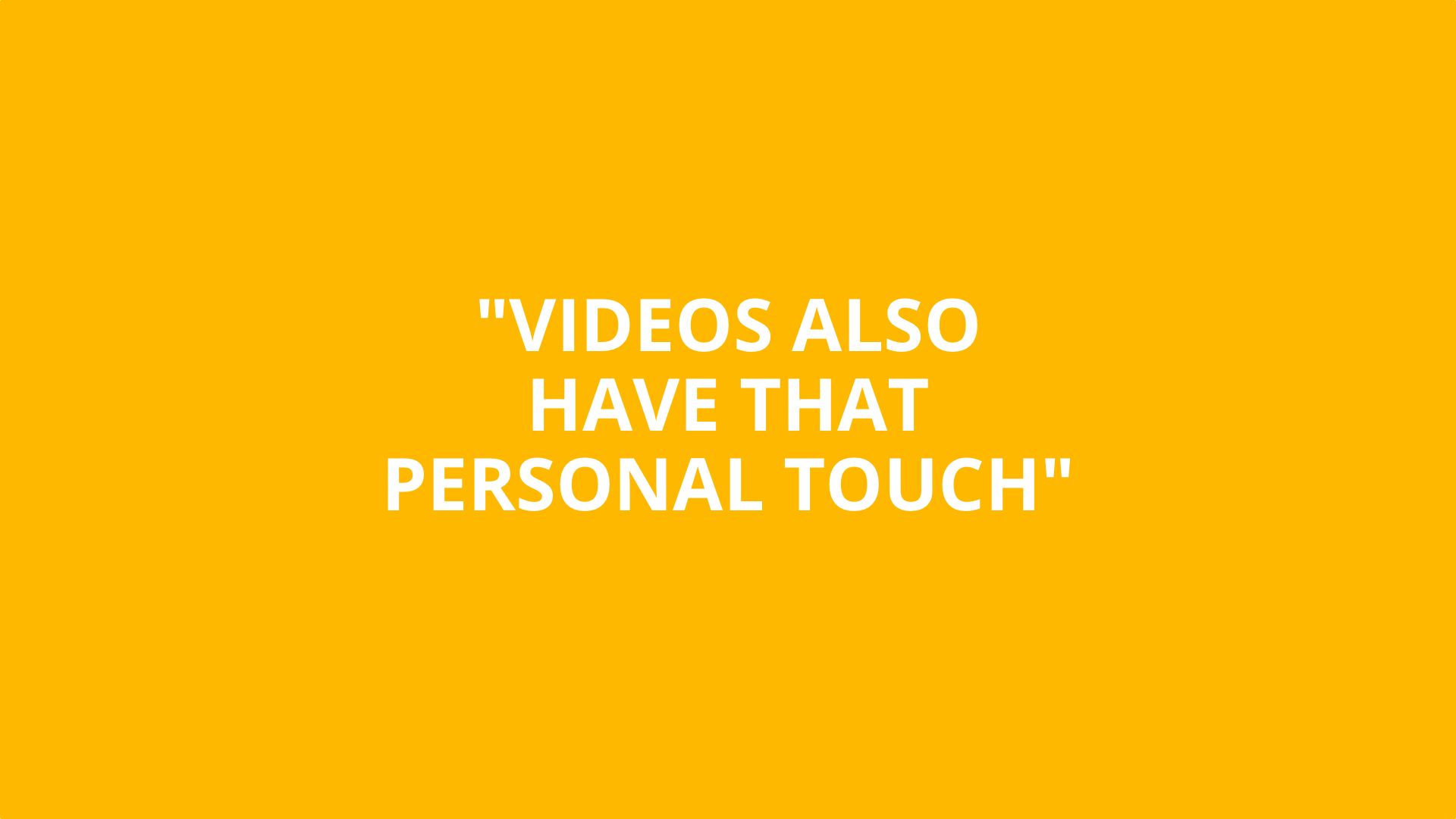Every marketer knows that just getting product exposure is hugely important. It’s a scientifically proven phenomenon. Psychologist Robert Zajonc was the first to demonstrate, in the lab, what he coined the familiarity principle: when people are repeatedly exposed to certain stimuli, they come to develop a preference for them.
Product placement is the primary avenue through which marketers have accessed the power of the familiarity principle, but we actually seem to be hitting a point of diminishing returns when it comes to its effectiveness. The problem is one of overexposure: now that we’re all constantly bombarded by images of products and advertisements, marketers need to do more to actually stand out.
That’s why it’s time to start thinking about cutting through the noise. You can’t just hide behind your product. You need to step up your familiarity principle game and get face-to-face exposure with the people that you want to reach without overstepping your bounds. The underlying psychological mechanism is still valid—you just have to access it properly.
Building a personal connection
Companies have found all kinds of ways to break through the noise and reach out to consumers on a personal level. General Mills, for example, appears to have taken advantage of the height of their target demographic when it comes to selling cereal. When a parent and their child are wandering down the cereal aisle, they’re bombarded from both sides by images of cheesy mascots beaming down at them.
A Cornell lab found that brand trust was 16% higher and brand connection was 28% higher when the Trix rabbit made eye contact, and though it sounds strange, participants in the study also indicated that it made the cereal taste better.
The same phenomenon, in fact, has been used to make Facebook ads more effective, in pop-up holistic health experiments, and to help public speakers connect with their audiences. Eye contact cuts through the noise and suggests trust, friendliness, and a sense of humanness. It’s a very powerful technique, but we can push even further into the realm of human connection if we take advantage of an even more powerful tool: video.
Scaling the personal connection with video
A lot of companies start out forging deep connections with their customers by doing things that don’t scale. Whether it’s handwriting thank you notes or calling to check up on their customers, some of the projects that startups take on to build this kind of human connection with their users cannot be sustained over the long term.
As companies grow, however, this personal connection always seems to be one of the first things to disappear. Not enough time. Not a high enough priority. Whatever.
The reason that handwritten notes are great is because they have that personal touch, but over time that personal touch is also what makes it nearly impossible to scale. You can’t spend hours a day writing little notes to your customers.
But videos also have that personal touch. Because of the depth of the medium, you can express the full range of human emotions, explain things in great clarity, and generally appeal to the viewer’s humanity. And, best of all, one video can speak to thousands of customers.
Stepping up your game
Scaling the emotional, human side of a business is difficult. If you try to craft a genuine relationship with your customers, you’ll often find that you have a hard time quantifying what you’re doing. Attribution models are not yet a total science. You rarely have any way of knowing whether a customer converted because of a phone call or a handwritten note or a personalized email.
Video changes that. With video, marketers can get a deep understanding of how the familiarity principle is playing into their conversion rates—it’s all in the metrics. From minutes watched to where viewers stopped watching to where they clicked through, these new tools can help marketers not only identify valuable leads, but also comprehend what they’re doing right and what they’re doing wrong.
Some companies are more up to speed on this technique than others, and they’re already seeing the benefits. Using a scalable method of creating human connections means not only finding the touchpoints that create converting customers, but understanding how it’s done and having the data to prove it.
Source: Kristen Craft, Wista.
Read the full article here

